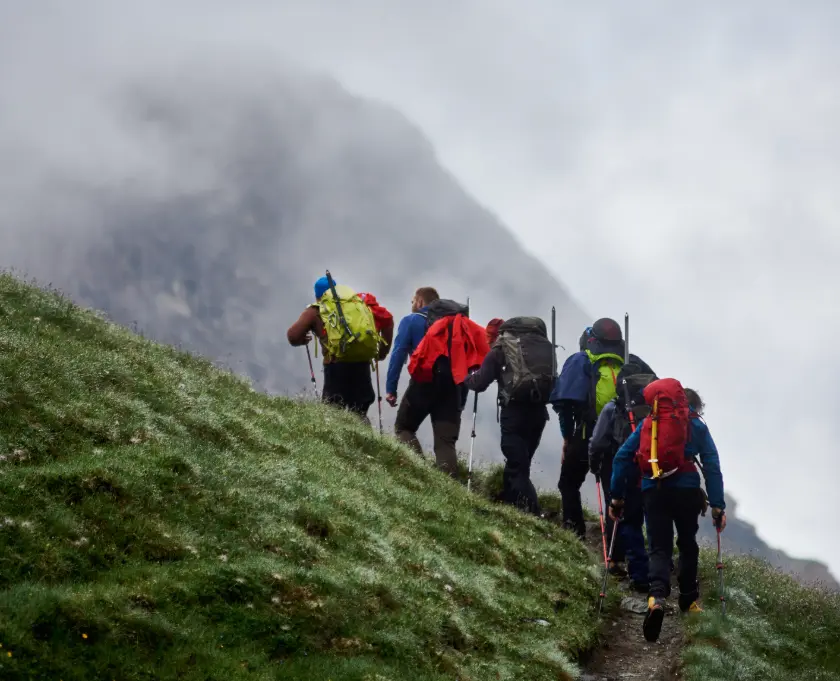Layering is the most effective way to manage your body temperature and stay comfortable in any weather, especially when hiking. It works on a simple principle: instead of relying on one heavy garment, you use multiple thinner layers that can be added or removed as conditions change. This system traps warm air and allows for ventilation, preventing you from getting too hot or too cold.
The Three Core Layers
The layering system is typically broken down into three main components: the base layer, the mid-layer, and the shell layer. Each layer serves a distinct purpose to keep you dry and warm.
- The Base Layer (The Foundation) 👕: This is the layer that sits directly against your skin. Its primary job is to manage moisture. As you exert energy, your body sweats, and if that moisture isn’t moved away, it will cool and make you feel cold and clammy.
- Materials to look for: Merino wool is a top choice because it’s soft, naturally odor-resistant, and can regulate temperature in both cold and warm conditions. Synthetics like polyester and nylon are also excellent at wicking moisture and dry quickly. Avoid cotton at all costs, as it absorbs sweat and holds it against your skin, a recipe for hypothermia in cooler weather.
- The Mid-Layer (The Insulator) 🧥: Worn over your base layer, the mid-layer’s main function is to trap your body heat and provide insulation. The warmth of this layer should be chosen based on the expected temperature and your activity level.
- Materials to look for: Fleece is a popular and affordable option. It’s breathable, lightweight, and insulates even when wet. Down is incredibly warm for its weight but loses its insulating properties when damp, so it’s best for dry, cold conditions. Synthetic insulation mimics down but maintains its warmth when wet and is often a more durable and water-resistant choice for active pursuits.
- The Shell Layer (The Protector) 🧥: This is your outermost layer, and its purpose is to shield you from the elements—wind, rain, and snow. It should be both waterproof and windproof to protect your inner layers and prevent heat loss.
- Materials to look for: Look for jackets and pants made from waterproof-breathable fabrics like GORE-TEX or similar technologies. These fabrics have microscopic pores that are small enough to block rain droplets but large enough to allow water vapor (sweat) to escape, keeping you dry from both the inside and out. For lighter protection


